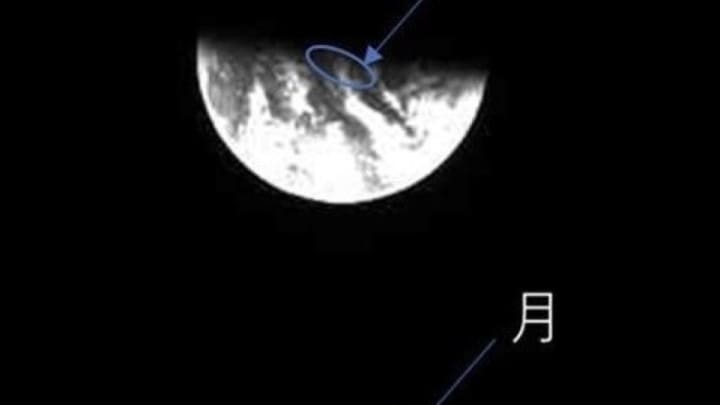Japan’s moon lander enters orbit
TOKYO: Japan’s SLIM space probe entered the Moon’s orbit on Monday in a major step towards the country’s first successful lunar landing, expected next month.

In a significant step for lunar investigation, Japan's automated Thin (Shrewd Lander for Exploring the Moon) mission has effectively entered the Moon's circle, making way for the country's most memorable, fruitful lunar landing. The accomplishment impels Japan nearer to joining the select club of nations that have effectively handled a test on the Moon. The mission, outfitted with a high accuracy circular test created by a toy organization, plans to arrive on the Moon with an exceptional wiggle room of under 100 meters.
Sharpshooter" since it is intended to land inside 100 meters (328 feet) of a particular objective on the lunar surface.
In the event that it is fruitful, the score would make Japan just the fifth country to have effectively handled a test on the Moon, after the US, Russia, China, and India.
On Monday, Thin "effectively entered the moon's circle at 04:51 pm Japan e," the Japan Aviation Investigation Organization (JAXA) said in a proclamation delivered on Monday night.
"Its direction shift was accomplished as initially arranged, and there is nothing strange about the test's circumstances," the organization said.
The lander's plummet towards the moon is supposed to begin around 12am Japan time on January 20, with its arrival on a superficial level planned for 20 minutes after the fact, JAXA said.
The H-IIA rocket took off in September from the southern island of Tanegashima, conveying the lander, after three deferments connected to a terrible climate.

With the development of innovation, a request is developing to pinpoint targets like pits and shakes on the lunar surface, Shinichiro Sakai, JAXA's Thin Venture Supervisor, let correspondents know this month.
"Gone are the days when simply investigating 'some place on the moon' was wanted," he said.
Trust is likewise high that Thin's exactitude will make inspection of lunar permafrost simpler, carrying researchers a bit closer to revealing the secret around water assets on the moon, Sakai added.
Japanese missions have flopped two times, — one public and one private.
Last year, the nation fruitlessly sent a lunar test named Omotenashi as a feature of the US's Artemis 1 mission.
In April, Japanese startup iSpace attempted to no end to turn into the main privately owned business to arrive on the moon, losing correspondence with its specialty after what it depicted as a "hard landing."
The Smart Lander for Investigating Moon (SLIM) is nicknamed the "Moon Sniper" because it is designed to land within 100 meters (328 feet) of a specific target on the lunar surface.
"By making the Thin Land, people will make a subjective shift towards having the option to land where we need and not exactly where it is not difficult to land, as had been the situation previously," they added. "By accomplishing this, it will become conceivable to arrive on planets significantly more asset-saved scant than the moon."
Japan is poised to become the world’s fifth country to land a rover on the lunar surface, after the US, Russia, China, and India.
Assuming that all works out as expected, Thin will likewise send two miniprobes onto the lunar surface subsequent to landing. These little girl specialty will snap photographs, assist missions with joining individuals, screen Thin's status, and give an "autonomous correspondence framework for direct correspondence with Earth," JAXA authorities wrote in the Thin mission's
SLIM’s journey has already yielded an awe-inspiring image of Earth rising over the Moon, captured in September when the spacecraft was over 60,000 miles away from our planet. The image highlighted Japan prominently, offering a striking view that is rarely seen. The spacecraft’s specific fuel-efficient trajectory, explained by astronomer Jonathan McDowell, has it seeming to travel further from the Moon before it changes direction easily at a point in space where Earth’s and the Sun’s gravitational pulls are balanced.







Comments
There are no comments for this story
Be the first to respond and start the conversation.